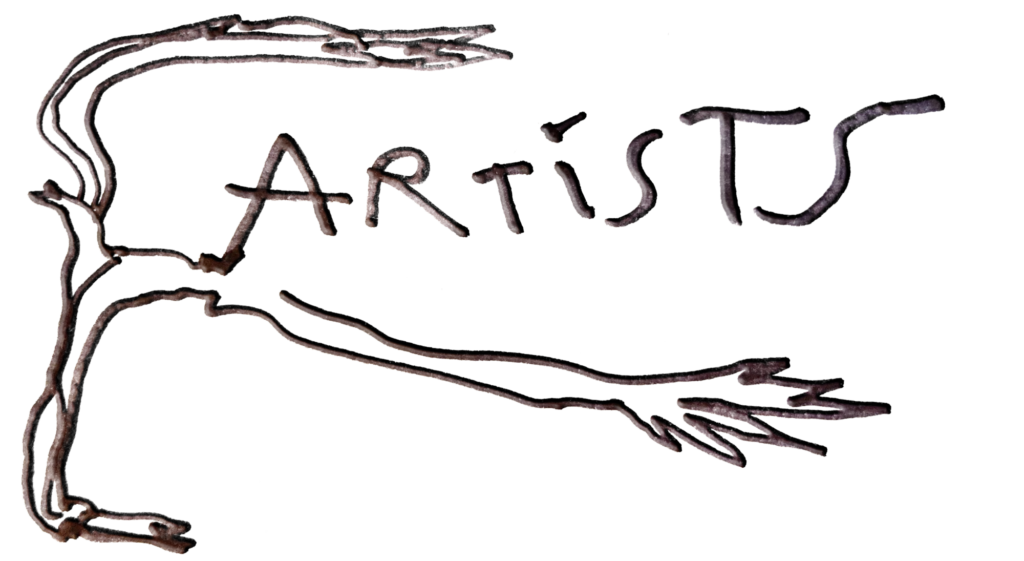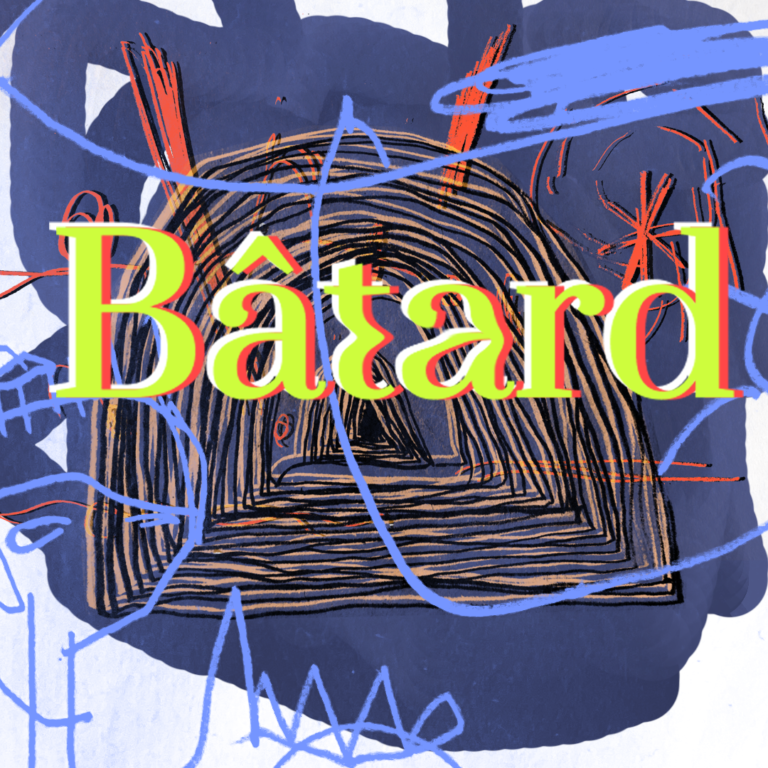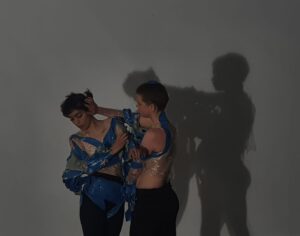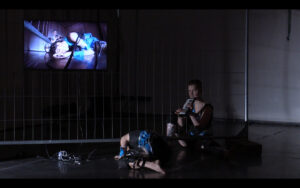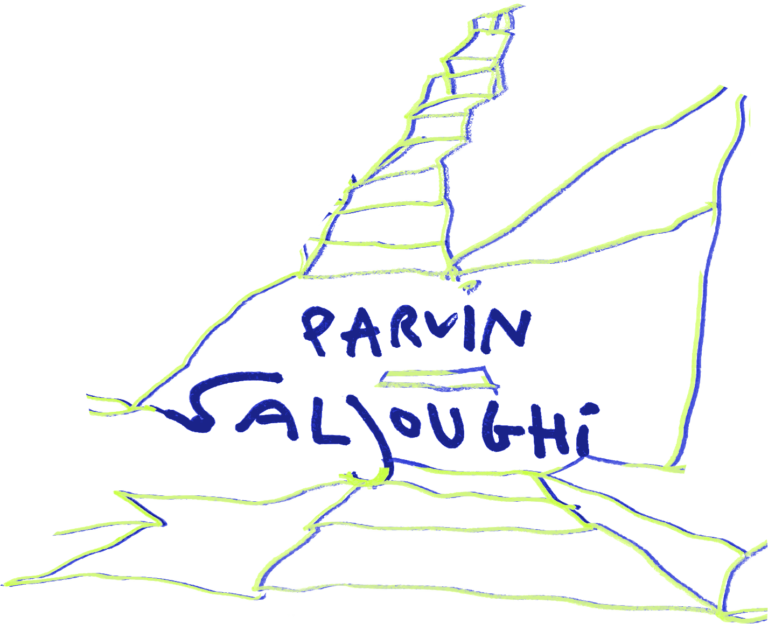
“Make sense who may. I switch off.”
5.11 at 21:00 // tickets
Gouden Zaal, Beursschouwburg
Noise is that which always fails to come into definition, its meanings are highly subjective and unstable. Noise is found in diversity and confrontation with the unknown, the other, and the strange. Noise is in structures of control and domination as well as in the failure of these systems. As Michel Serres states: “In the beginning is the noise; the noise never stops. It is our apperception of chaos, our apprehension of disorder, our only link to the scattered distribution of
things.”
Noise, as investigated by this experimental project, desires to disarticulate or unstitch form. That is not to say that this project is without form. As a matter of fact, it conforms significantly to the rules that define an experimental performance.
This project stages itself as an example of the indecision of apophenia. It is constructed of different fragments stitched together in order to find meaning. Apophenia is the tendency to perceive a connection or meaningful pattern between unrelated or random thighs, objects or ideas.
Also the aim is to focus on faltering and indecisive bodies, hesitant and unsteady voices which get lost on their path to find meaning when the road ahead is not obvious and events happen in confusion. It seems there is a no win situation ahead. The road we undertook during this journey took us to a destination where we encountered such questions as who is in a position to decide what is meaningful and what is meaningless?
Who decides that an act of pattern finding is one of apophenia? Who retains the authority to determine that something is noise?
By Parvin Saljoughi in a collaboration with Camilla Strandhagen.
Dramaturgical advice: Sabine Cmelniski
Music: Marija Rasa Kudabaitė
Music consultant: Philipp Danzeisen
Light designer: Desirée Gracía Lpeóz
Stylist: Jon Boy
Special thanks to Mahan Hirbod & Maral Kazemi for the texts.
This work would not have been possible without the huge support from Anna Kuch and Nana Bilus Abaffy.
Parvin Saljoughi:@pa_siiin
![]() Camilla Strandhagen (NO/BE) is an artist active in the field of performing arts. She is curious about the relationship between physical and mental states and tensions, and uses imagination,dreaming and physical practices to open up these murky corners where the unknown dwells.
Camilla Strandhagen (NO/BE) is an artist active in the field of performing arts. She is curious about the relationship between physical and mental states and tensions, and uses imagination,dreaming and physical practices to open up these murky corners where the unknown dwells.
She works as a performer, dancer and maker, and is currently based in Brussels where she is undertaking a Masters at the Institut Supérieur des Arts et Chorégraphies at the Royal Academy of Fine Arts. She is part of the collective Eros which made HAVEN (2020) and will soon premier GOTTEM (2023). This year she is one of the selected artists for Live Works Vol 10 at Centrale FIes, Italy.
 Parvin Saljoughi (Tehran/Brussels) is an independent artist who is active in the field of
Parvin Saljoughi (Tehran/Brussels) is an independent artist who is active in the field of
experimental choreography, dance, performance and theater. Her work is based on the
political body with the focus on uncertain presence and vulnerability, imagination,
investigations in power, security, and visibility in society. She just finished her master
studies in Choreography at Institut Supérieur des Arts et des Chorégraphies (ISAC).
Before that, she studied graphics and graduated from the University of Applied Science
in Tehran. She has been active in Tehran’s performance scene since 2010. She has
undertaken an internship with Damaged Goods/Meg Stuart, and is about to become a
resident at Montebøllo/ Oslo.

